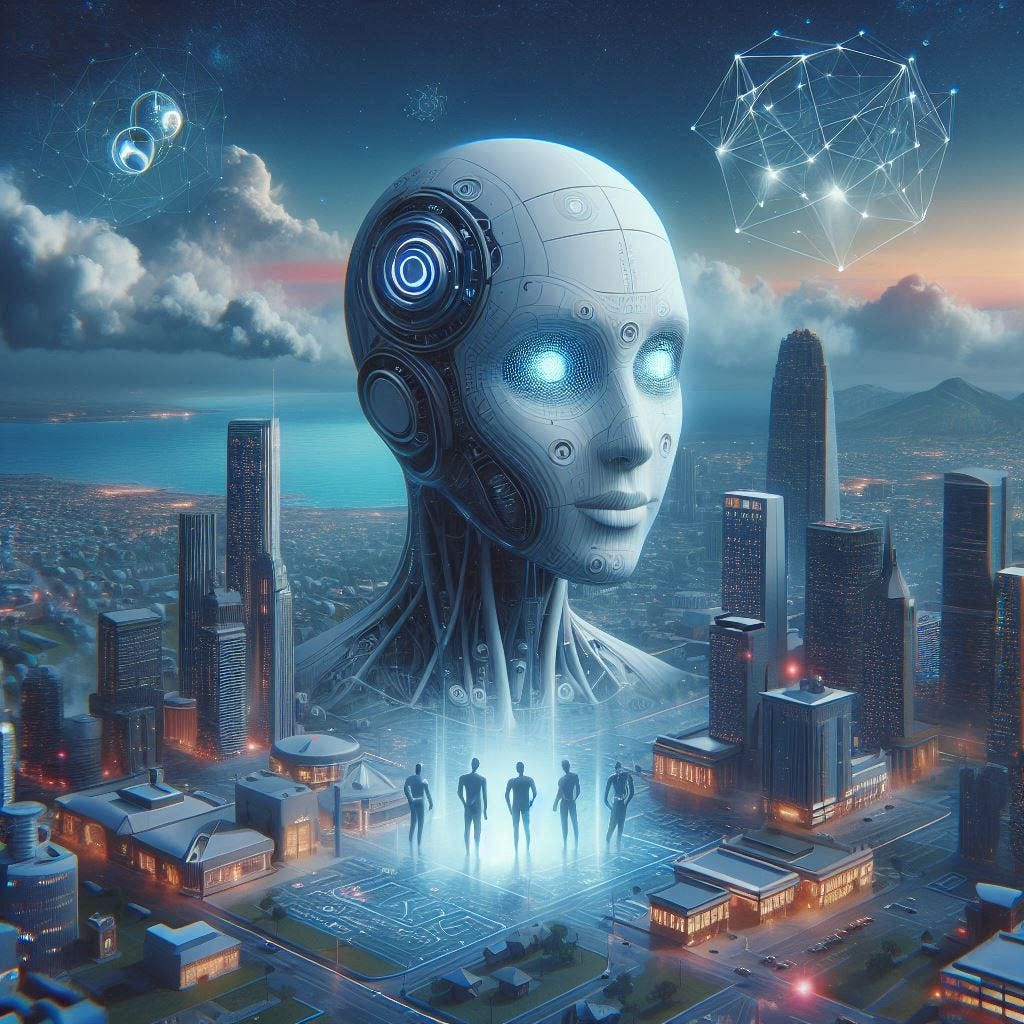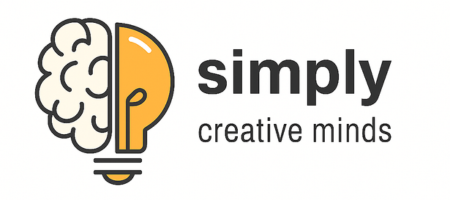
In 2025, the world of software development is undergoing a massive shift — not because of a new programming language or framework, but because of artificial intelligence. Tools like OpenAI’s GPT-4o, GitHub Copilot, and Claude are reshaping how developers write, debug, and ship code. Welcome to the era of AI-powered development workflows.
🔧 What Is an AI-Powered Development Workflow?
An AI-powered development workflow integrates machine learning models—especially large language models (LLMs)—into the software development lifecycle. These tools can:
- Generate boilerplate code or full functions from a prompt
- Review and debug code intelligently
- Suggest architecture decisions
- Auto-generate documentation
- Write unit tests
- Assist with CI/CD tasks
- Even refactor legacy codebases
Instead of working harder, developers are working smarter with AI as a co-pilot, not just a tool.
💡 Key Tools Powering This Workflow
1. GitHub Copilot (powered by GPT-4)
- Use Case: Autocomplete code, suggest functions, write tests
- Pro Tip: Combine with VS Code for seamless inline suggestions
2. GPT-4o via OpenAI API
- Use Case: Build custom coding agents, integrate AI into CLI tools, natural language code queries
- Example Prompt: “Write a secure Python API for user authentication using JWT”
3. Cursor IDE
- A developer-focused IDE that integrates with GPT models
- Provides inline suggestions, code explanations, and AI chat context-aware to your codebase
4. Codeium & Tabnine
- Alternative autocomplete engines powered by smaller or specialized models
- Often better at niche language support or privacy-focused use cases
🛠️ What Does a Day Look Like with AI in the Loop?
Let’s break down a typical day of a developer in an AI-powered environment:
| Task | With AI | Benefit |
|---|---|---|
| Designing a new feature | Describe it in natural language, get scaffolded code | Speeds up ideation |
| Coding | Autocomplete with context, suggest patterns | Reduces mental load |
| Debugging | Paste errors into GPT, get cause & fix | Faster debugging |
| Writing tests | Auto-generate unit tests from function | Higher test coverage |
| Refactoring | Ask AI to clean up functions or rename variables | Cleaner codebase |
🔒 But What About Security and Trust?
AI is powerful, but not perfect. Developers must:
- Review all AI-generated code
- Avoid pasting sensitive data into public AI tools
- Validate logic and security, especially in production code
Open-source tools like CodeQL or Semgrep can help verify AI-generated code for known vulnerabilities.
📈 Real-World Impact: Is It Worth It?
Companies adopting AI-assisted development report:
- 🚀 30–50% faster feature delivery
- 💬 Better onboarding for junior devs
- 🧠 Reduced burnout from repetitive coding
AI tools don’t replace developers — they amplify them. Think of them like pair programmers that never get tired.
🧭 Where Is This Heading?
The future of AI in development looks even more promising:
- Multi-agent systems that manage complex tasks across teams
- AI-led code reviews with context from product specs
- Voice-to-code interfaces for faster prototyping
- Real-time collaborative coding with AI agents
✍️ Final Thoughts
AI-powered workflows are not just a fad — they’re becoming the standard. As with any powerful tool, the key is learning how to use it effectively and responsibly. Whether you’re a junior dev or a seasoned architect, embracing these tools now will give you a serious edge in the years to come.
Have you started integrating AI into your workflow yet? If not, 2025 is the perfect time to begin.


